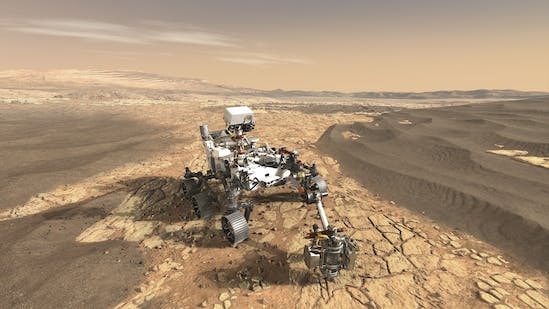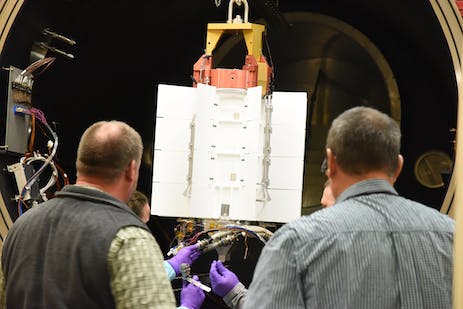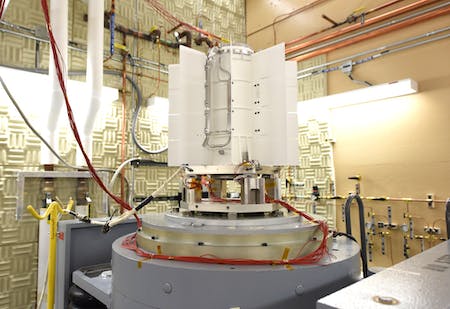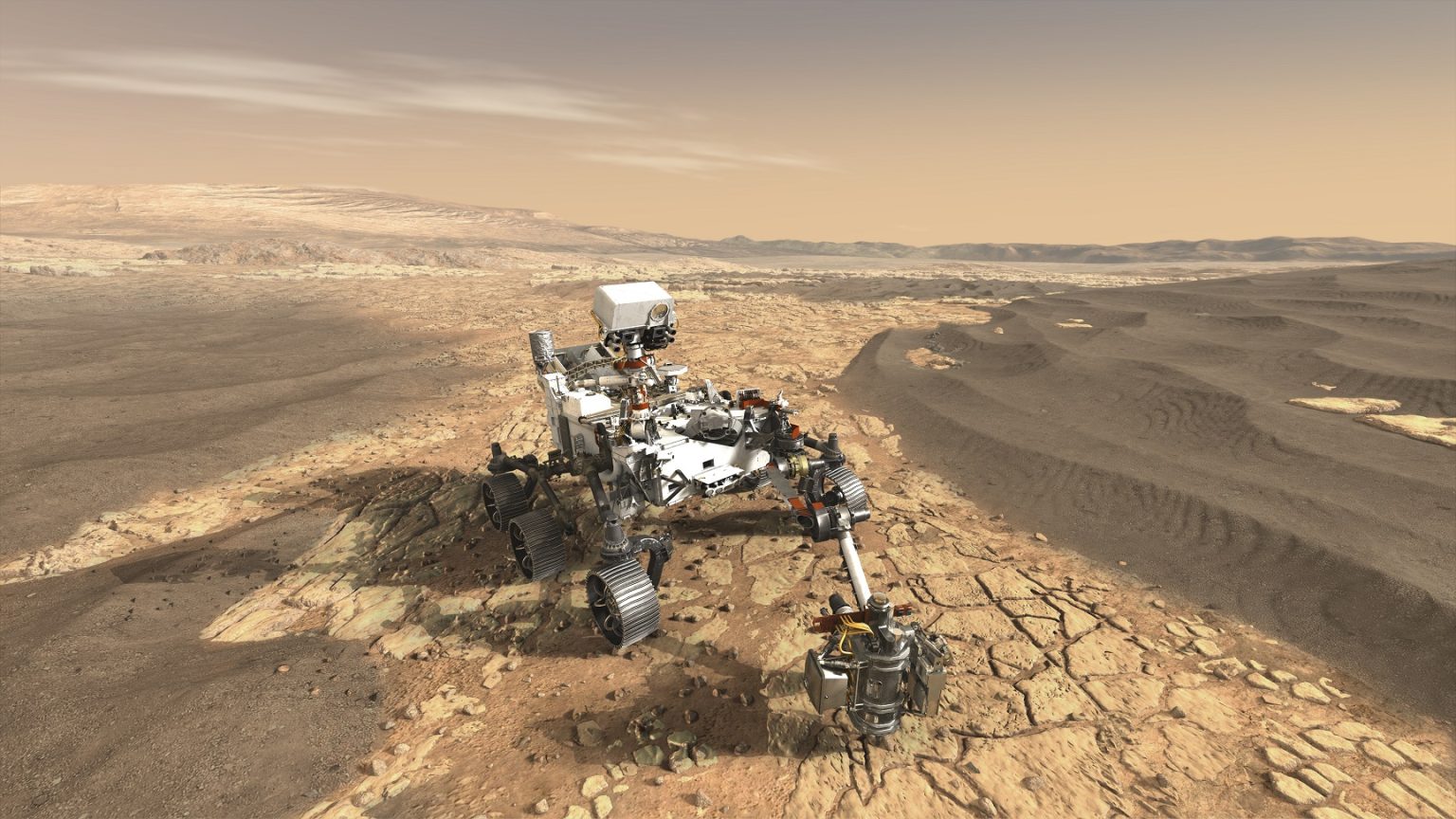
NASA’s Mars Perseverance rover will take off from Kennedy Space Center sometime between July 30 and Aug. 15.
The rover is scheduled to land on Mars seven months later. It is equipped with 23 cameras and more scientific instruments than you can name. Its mission is simple: To find signs of ancient life and collect rock and soil samples for potential return to Earth in a future mission.
This mission wouldn’t be possible without the work done by a small and dedicated team from Idaho National Laboratory. This group of 60 or so employees assembles, tests and delivers the system that provides power and heat for the rover, allowing it to dependably roam the Red Planet in harsh conditions over many years, gathering key information for scientists back on Earth.
“It’s so rewarding to know you’re one of a handful of people who had their hands on something that goes to space,” said Jon Bradley, a Shelley native and shift supervisor on the project. “That’s pretty cool.”
The work is done by INL’s Space Nuclear Power and Isotope Technologies Division. Since 2004, the group has assembled, tested and delivered Radioisotope Thermoelectric Generators (RTGs) for NASA missions in remote, harsh space environments. INL is part of a Department of Energy national laboratory team (joining Los Alamos and Oak Ridge national labs) that supports NASA in this area.

Dr. Stephen Johnson helped bring the program to Idaho in the early 2000s and has led the work on systems that are now powering the Mars Science Laboratory Curiosity rover (launched in 2011 and still going strong) and Pluto New Horizons (launched in 2006 and now more than 4.1 billion miles from Earth, traveling at more than 30,000 mph).
INL’s work begins after receiving the plutonium fuel pellets from Los Alamos National Laboratory. Using specially designed tools inside an argon-filled hot cell, workers place the fuel pellets into graphite components to form general purpose heat source modules. Then, they insert the modules into a converter that houses thermocouples to form the radioisotope power system.
Once assembled, the power system undergoes a series of acceptance tests to ensure it’s ready for the extreme conditions of launch and space. The first is vibration testing, which simulates the bumpy launch conditions and entry, decent and landing on Mars’ surface. Next up is mass properties testing, which precisely measures the center of gravity, mass and moments of inertia. The final step is thermal vacuum testing, which tests the power performance in a near-space environment.
Once testing is complete, INL crews transport the power system to Kennedy Space Center. An INL crew remains on-site to provide group operations support through launch.
In addition to assembling, testing and delivering RTGs, the Space Nuclear Power and Isotope Technologies Division is getting more involved in space reactors for both nuclear thermal propulsion and fission surface power applications.
“We’re looking forward to bringing in new people to work on these growing programs and just take this to the next level,” Johnson said. “We need to keep looking ahead.”
What is an RTG?

Radioisotope thermoelectric generators are ideal for space missions because they are compact, durable and reliable, providing continuous power over long periods of time.
RTGs work by converting heat from the natural decay of radioisotope materials into electricity. The generators consist of two major elements: a heat source that contains plutonium-238 (Pu-238) and thermocouples that convert the plutonium’s decay heat energy and the cold of space to electricity, called the Seebeck effect.
The RTG is designed to produce about 110 watts of electrical power to begin the mission. The system has a design life of 17 years, but it can be expected to produce power much longer than that. The RTG also provides a source of heat for the rover’s instruments and onboard systems in the cold environment of space. Thermoelectric couples have no moving parts and have proved an amazingly reliable source of energy for space missions.







